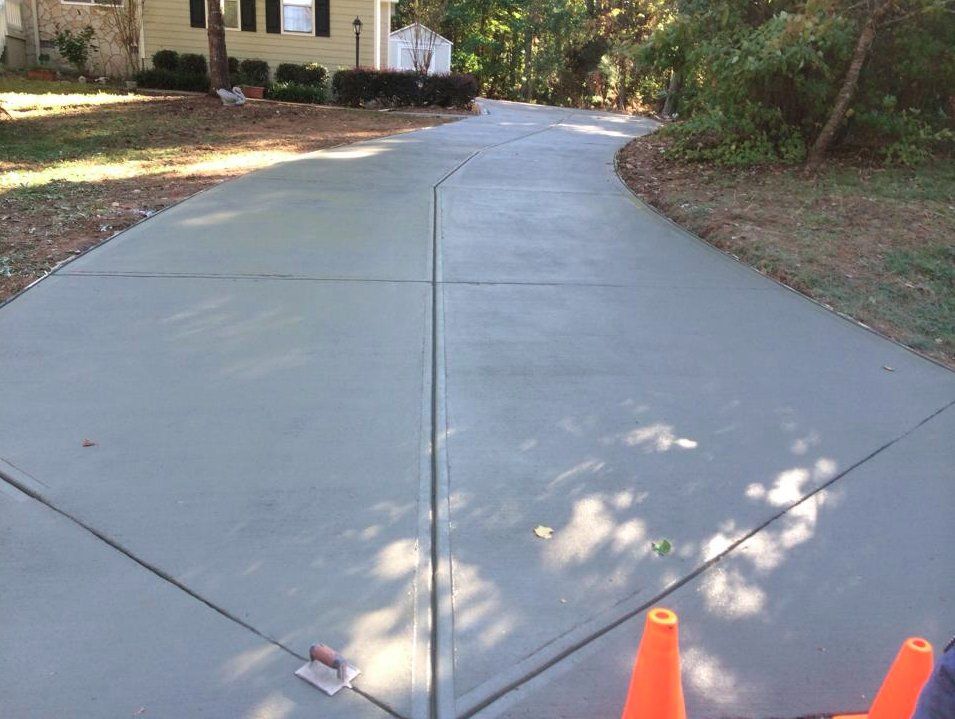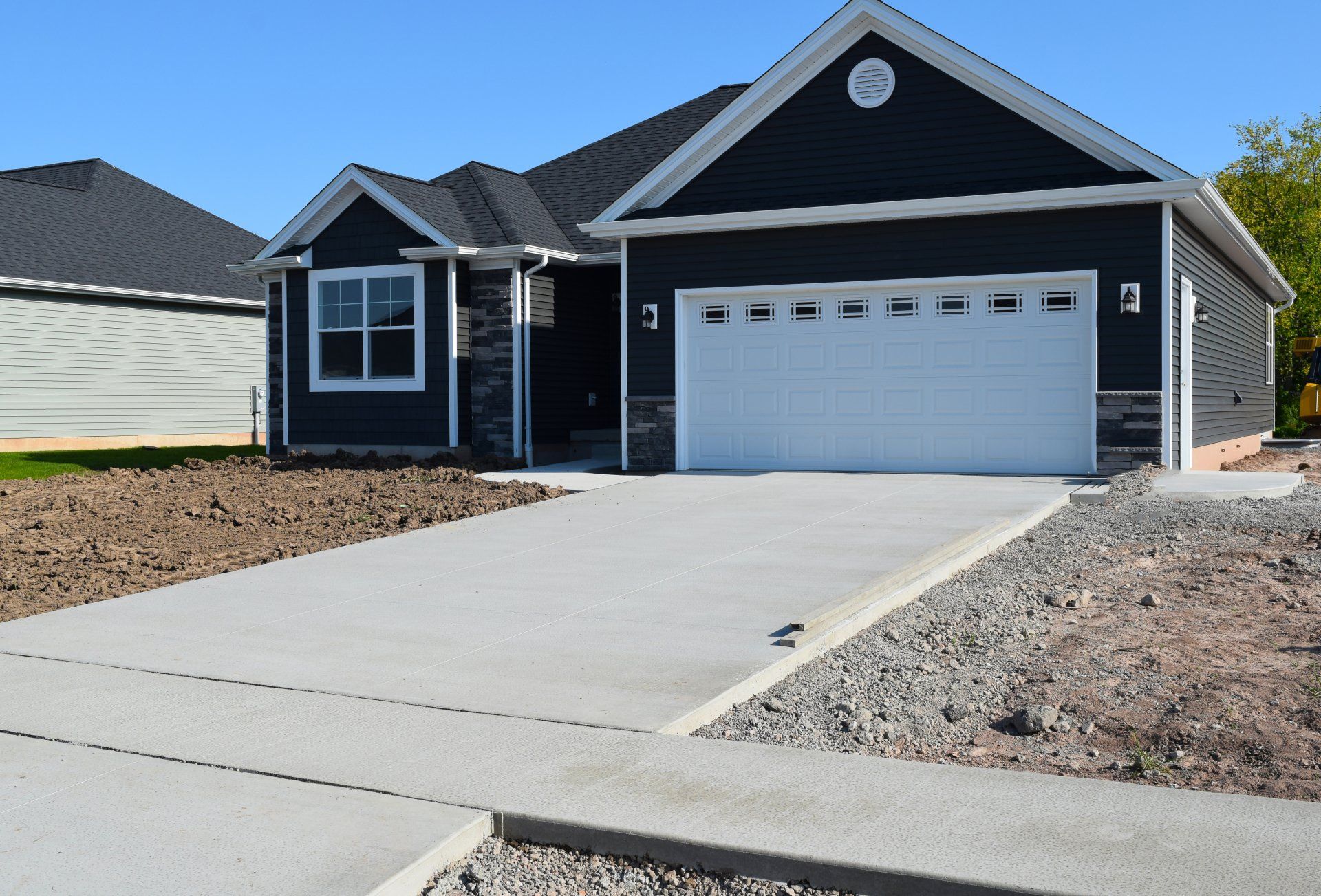HOW TO POUR A CONCRETE DRIVEWAY
It is simple to pour and build a concrete driveway. Concrete is relatively simple to work with on a small scale, but installing an entire driveway can be difficult.
You can construct an attractive concrete driveway on your own, but planning and preparation are considered necessary. Place all the concrete at once; a large driveway can be broken down into smaller, more manageable sections using 2x4s.
Construct and install forms, ensuring they are level and appropriately graded for drainage. To prevent the formation of rain puddles, design a 2% slope (every 10 feet long will drop 2.5 inches). Place and level a 4-to-6-inch layer of gravel; a gravel base is required in areas with poor drainage or freezing temperatures. Make sure to compact the gravel base and rent a compacting machine if necessary.
Install isolation-joint strips where the driveway will meet an existing concrete slab or sidewalk. Attach the strips flush to the top of an existing slab using construction adhesive or concrete nails.
Concrete driveway thickness
Check the thickness of the gravel with a homemade template that extends 4 inches down from the tops of the forms of the finished driveway; if it just reaches the top of the gravel, the base is thick enough. A thicker slab will be stronger; we recommend a driveway thickness greater than 4 inches. Allow the gravel to extend beneath the forms' edges.
Pouring a concrete driveway
Wet the gravel thoroughly. Begin placing concrete in one corner of the form while a helper spreads it with a shovel or hoe.
Pour the concrete into the form and use a square shovel or mortar hoe to compact it into all corners; when you're using a mortar hoe, push the concrete rather than dragging it. However, do not overwork the concrete or spread it too far; overworking will push the heavier aggregate to the bottom of the slab and bring up little particles that might cause problems in the finished DIY concrete driveway. Instead, evenly space your placement along the form, placing each batch against the previous batch to fill the form.
If you want to keep the dividers in place, finish and cure the concrete in alternating sections. Remove the stakes inside the remaining sections (black squares) once they have cured for at least three days.


